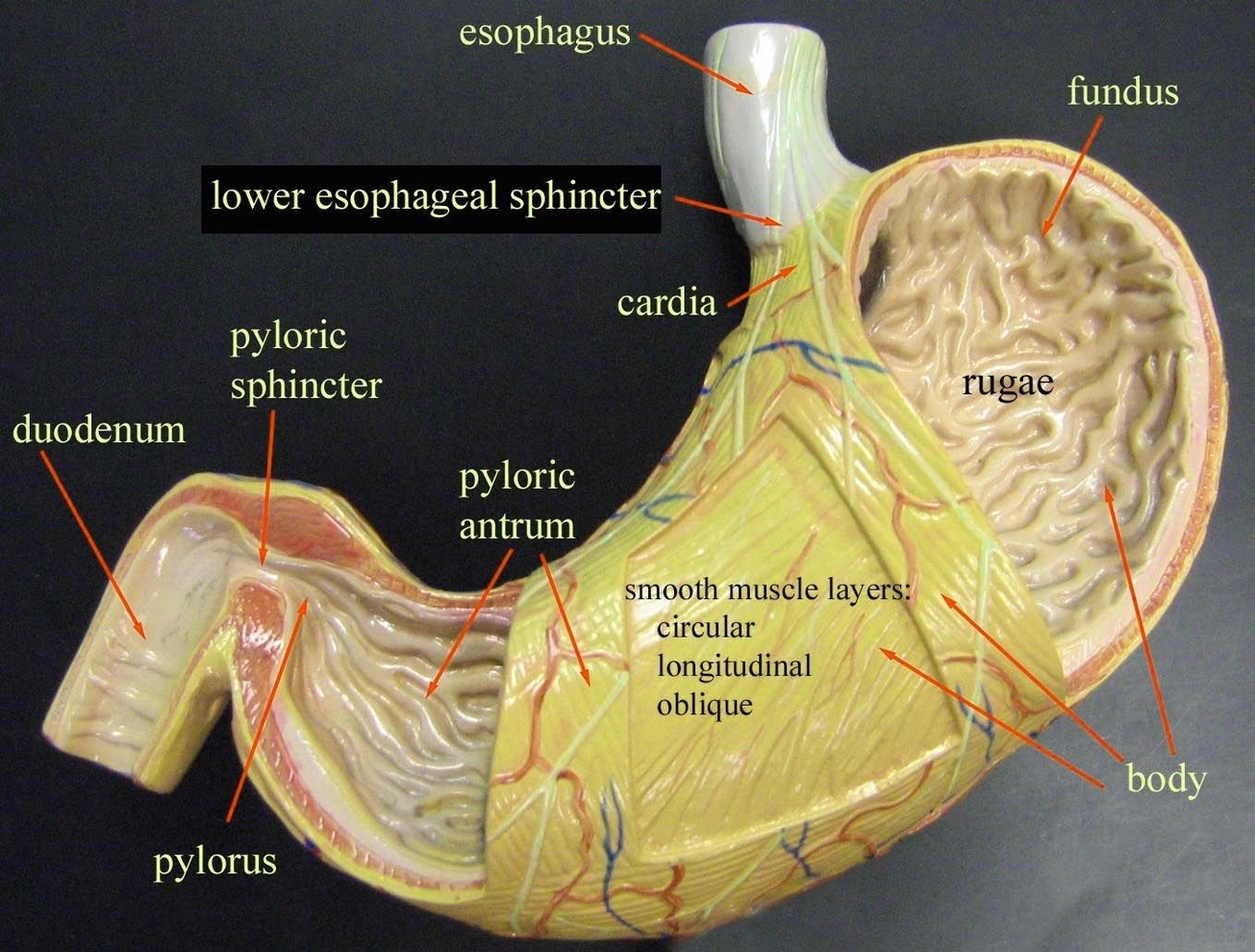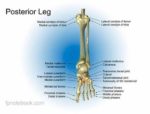The stomach is a crucial organ in the human body, playing a vital role in the digestive system. It is located in the upper abdomen on the left side of the body. The stomach is a J-shaped organ that digests food and produces enzymes and acids.
tructure and Location
The stomach is divided into four parts: the cardia, fundus, body, and pylorus. It has two curvatures, the greater and lesser curvature. The top of the stomach connects to a valve called the esophageal sphincter, a muscle at the end of the esophagus. When the stomach is empty, the inside has small folds called rugae, which allow the stomach to expand to accommodate large meals.
Function
The stomach’s primary function is to digest food and send it to the small intestine. It temporarily stores food, contracts and relaxes to mix and break down food, and produces enzymes and other specialized cells to digest food. The stomach creates digestive juices and breaks down food, holding it until it is ready to empty into the small intestine.
Digestive Process
The digestive process begins in the mouth, where food is chewed and swallowed. The tongue pushes the food into the throat, and a small piece of tissue called the epiglottis covers the windpipe to prevent choking. Food then travels down a hollow tube called the esophagus. At the bottom, the esophageal sphincter relaxes to let food pass to the stomach.
In the stomach, food mixes with the digestive juices from the intestine, liver, and pancreas. The intestinal walls absorb nutrients and water from food and send waste products to the large intestine. The large intestine turns waste products into stool and pushes the stool into the rectum. The rectum, the lower portion of the large intestine, stores stool until a bowel movement occurs.
Blood Supply and Innervation
The stomach receives its blood supply mainly from the celiac trunk. Innervation is provided via the vagus nerves and the celiac plexus.
Conclusion
The stomach is a complex organ with a significant role in the digestive system. Its structure and function are intricately linked, allowing it to break down food and absorb nutrients effectively. Understanding the anatomy of the stomach is crucial for understanding the broader digestive process and maintaining digestive health..


